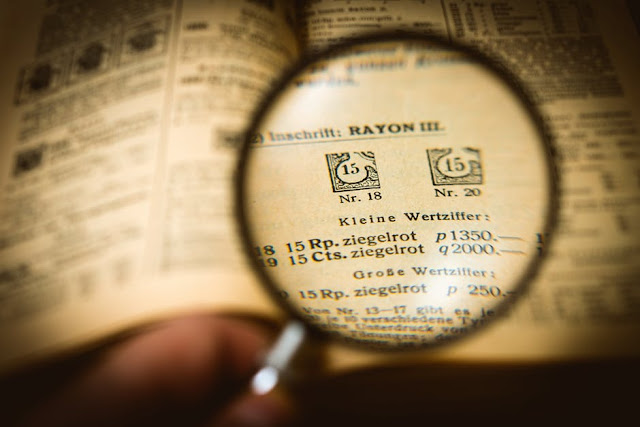Of Christmas decorations and electroshock therapy
When this holiday season is over and you've exhausted your patience, credit card, and yule spirit, here's something to ponder while you attempt to surgically remove tangles of lights from the prickly brown death trap that's become your Christmas tree.
Question:
Lots of little computers woven together in ever-changing patterns, connecting and reconnecting, sharing information at lightning speed--quick, what are we talking about? That's too easy, you say, the answer is the internet. Or, if you've been reading this website for a while and you're a smart aleck, the Victorian telegraph system.
Or, if you've got good pattern recognition and you're familiar with the premise of this blog, the human brain as revealed to us through neuroscience.
It's not a perfect analogy but it's been on my mind since reading this month's Discovery Magazine. Carl Zimmer, award-winning biology writer and author of The Tangled Bank: An Introduction to Evolution has an interesting article in there about the brain and depression. Much of his focus is on the rebirth of ECT, commonly known as Electroconvulsive shock therapy.
ECT is kind of like the mental health equivalent of using leeches to stem bloodflow. It conjures images of the medical world's hazy, barbaric past. We think of electroschock and we picture Jack Nicholson as McMurphy in "One Flew over the Cuckoo's Nest," enduring a "therapy session" that feels more like torture. Zimmer assures us that ECT has come a long way since the 1950's and can actually be a reasonable treatment in certain cases--again, like leeches. (It's worth pointing out that doctors now now anesthitize the patients before applying the electricity. Also, leeches carry an anesthetic right there in their spit, although the actual level of pain depends on the size and strength of the individual leech.)
What struck me about Zimmer's article wasn't so much that ECT has shown value in patients with severe depression (they're still not really sure why Electroconvulsive shock works), but new insight about what goes on in the brain of someone suffering from severe depression.
Thanks to fMRI technology, we might think of the brain as Zimmer describes it: "The brain regions are like self-contained computers, the brain as a whole is a computer network. The activity in one region is influenced by neurons sending signals from other regions. This communication can lead two regions to work together closely. When one region is active, so is the other, when one is quiet, the other tends to be as well."
Based on work done by University of Aberdeen neuroscientists Ian Reid and Christian Schwarzbauer, along with the findings of Yvette Sheline at Washington University, we've learned that depressed people show hyper-connective activity between the left dorsalateral prefrontal cortex and other regions. Essentially, they are talking about a wiring overload at the area just behind your eyes, the home of your rational processing center. Imagine way too many strings of Christmas lights hooked up to the same outlet.
So, how do we reduce the strain and take some of those lights down, so to speak? For certain people, you can prune over-connectivity through advanced anti-depressants. For some, physiotherapy works. For others, meditation can get the job done. And now it appears ECT may be another option. Schwarzbauer says, "By getting rid of those hyper-connections, ECT might let depressed people get out of their own heads."
The real question is what causes some of us to hyper-connect in the first place. For that matter, why do many of us wrap so many strands of lights around our trees, even knowing we'll have to untangle them again in a week? And the answer in both cases: so far it's still a mystery.
Check out Robb’s new book and more
content at www.bestmindframe.com.





Comments
Post a Comment